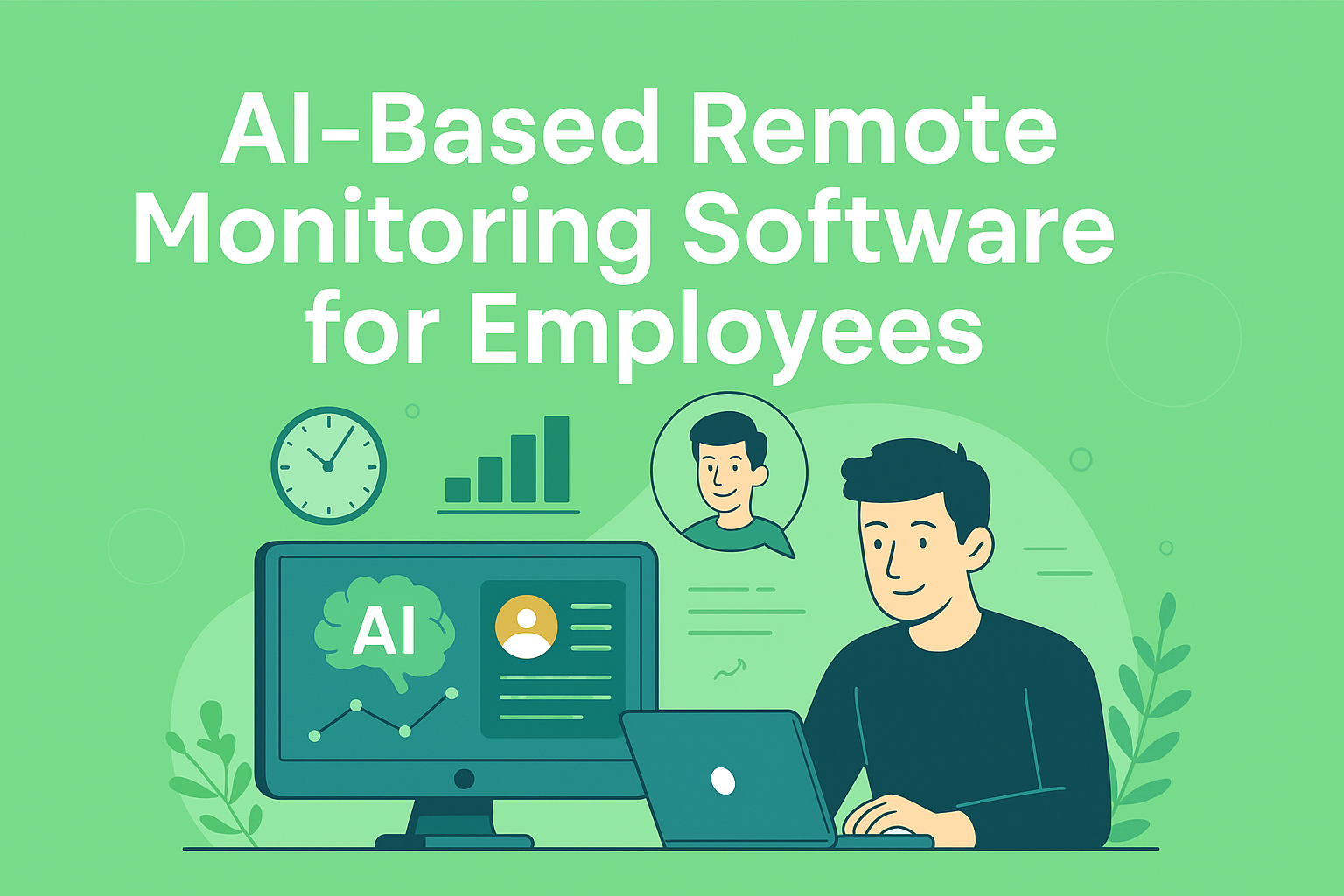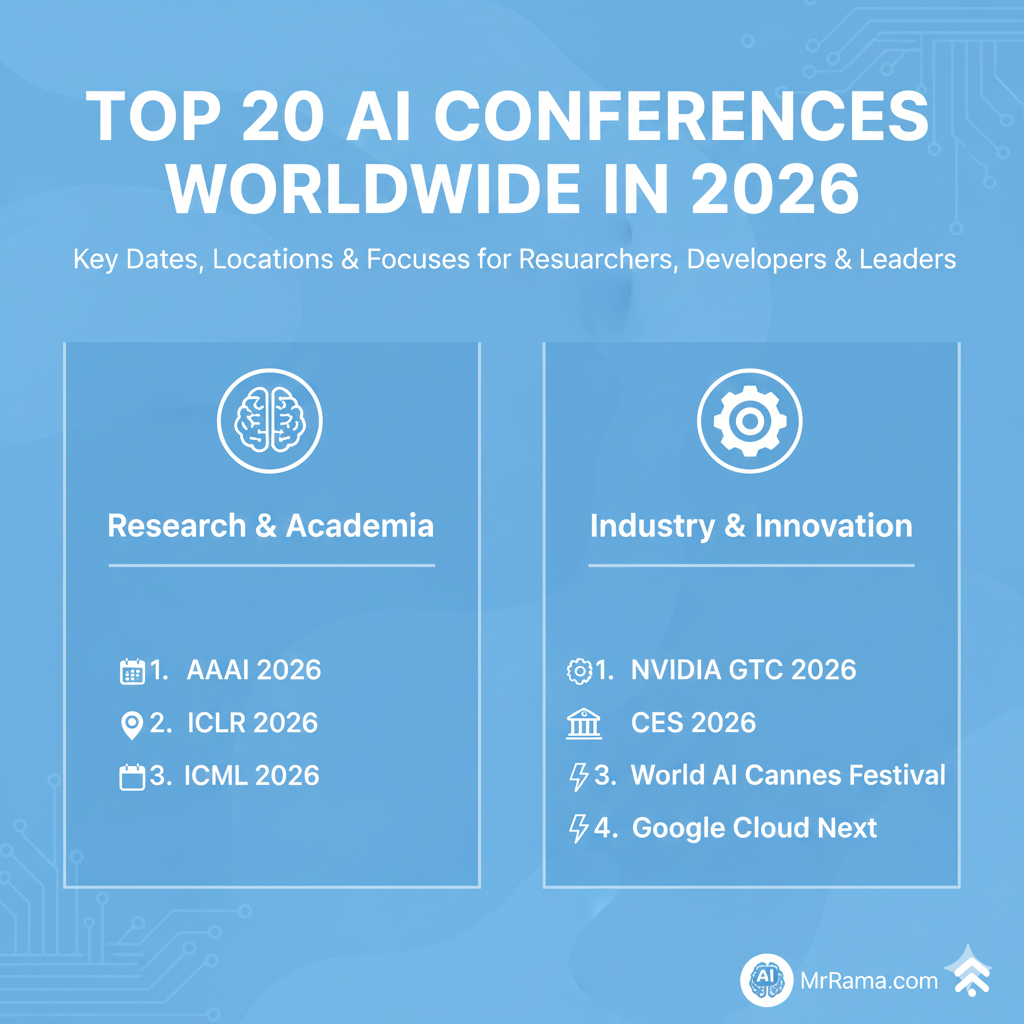Remote work has become a normal part of business, not a temporary shift.
But with this change comes a very real challenge.
Managers need to know whether work is getting done without constantly messaging, checking in, or micromanaging their teams. Employees want clarity, fair tracking, and tools that support their workflow instead of interrupting it.
This is where AI Remote Monitoring Software enters the picture. It helps companies understand productivity patterns, measure real output, and build healthier work habits across distributed teams.
All without spying, over-controlling, or damaging trust.
If you want to understand how AI powered monitoring works, what problems it solves, and how it can improve your team’s performance, this guide breaks everything down in a simple, practical way.
What Is AI-Based Remote Monitoring Software
AI Remote Monitoring Software is a digital system that tracks employee productivity, work activity, and performance trends using artificial intelligence.
It does not just record data.
It interprets data.
The software learns patterns such as:
When employees work at their highest focus
Which tasks take the most time
How workloads fluctuate
Where bottlenecks often appear
Whether deadlines match real work capacity
The goal is simple.
Better productivity insights with less manual supervision.
Think of it as a smart assistant that helps managers make decisions based on accurate data rather than guesswork.
Why Companies Use AI-Based Remote Monitoring
Remote work produces several challenges that traditional tools cannot fully solve.
AI monitoring fills these gaps through automation and intelligent analysis.
Here are the biggest benefits companies gain.
1. Clear Visibility Into Productivity
AI removes the guesswork.
It provides real time insights such as:
Productive hours
Idle time
Most used apps
Most distracted periods
Output vs time spent
Managers can finally see how work happens, not only what is delivered.
2. Improved Performance Without Micromanagement
Teams often perform better when expectations are clear.
AI helps teams identify:
Peak focus hours
Task patterns
Slowdowns
Workload imbalances
This reduces unnecessary check-ins and allows employees to work independently.
3. Fair and Data Driven Evaluations
Performance reviews can be biased or inconsistent.
AI creates a clearer picture of actual work activity.
It helps companies:
Measure work output accurately
Compare workloads fairly
Spot top performers
Identify who needs support
This builds a transparent evaluation culture.
4. Better Workload Distribution
Some employees struggle because they carry more tasks than others.
AI monitoring points this out automatically, helping managers balance responsibilities.
5. Increased Accountability Across Remote Teams
When employees know their productivity patterns are measured, they naturally stay focused and organized.
Accountability improves without any pressure or micromanagement.
Core Features of AI Remote Monitoring Software
To understand how these tools work, let’s look at the features they usually offer.
1. Activity Tracking
Tracks work related applications and websites to measure productivity levels.
Example:
If a marketing employee spends two hours on a design tool, the system records it as productive activity.
2. Productivity Scoring
AI evaluates which tasks truly contribute to results and scores time spent accordingly.
This gives a more accurate picture of real work.
3. Time Tracking
Automatic timers help teams understand how long tasks take and how daily schedules look.
4. Task Pattern Analysis
AI identifies:
Focus hours
Work habits
Task difficulty
Daily peaks and drops
This helps managers improve workflow planning.
5. Automated Reports
Instead of manually creating reports, AI generates:
Daily summaries
Weekly productivity reports
Workload charts
Team performance comparisons
These reports help teams identify improvement opportunities fast.
6. Idle Time Alerts
AI highlights long idle periods to help managers understand if employees face blockers, technical issues, or unrealistic workloads.
7. Goal Tracking and Progress Insights
Employees can set goals, and the AI tracks progress over time, making it easier to stay aligned with team targets.
How AI Remote Monitoring Software Helps Small, Medium, and Large Businesses
Let’s look at real world examples.
Small Businesses
A small business with 5 to 20 employees often lacks dedicated HR and management teams.
AI helps them:
Track daily productivity
Ensure deadlines stay on track
Avoid workload overload
Spot performance challenges early
This reduces mistakes and improves efficiency.
Medium Businesses
As companies grow, team coordination becomes harder.
AI helps mid size companies:
Monitor hybrid and remote teams
Optimize schedules
Reduce meeting overload
Improve reporting accuracy
Plan workloads better
This builds consistency across teams.
Large Enterprises
Large companies handle complex workflows.
AI can help them at scale by providing:
Department-wide productivity dashboards
Automated performance analytics
Risk detection for burnout
Workforce planning insights
This supports smarter decision-making.
How AI Remote Monitoring Protects Employee Trust
A major concern with monitoring software is privacy.
But AI tools today are built to be transparent rather than invasive.
Here is how they support trust:
They track productivity, not personal content
They monitor work apps only
They avoid screen reading
They focus on patterns, not individuals
They provide full visibility to employees
Good companies openly share what data is collected and why, which builds a healthier work relationship.
Top Use Cases of AI Remote Monitoring Software
Here are the most common ways businesses use these tools today.
1. Tracking Work Hours Automatically
No need for manual timesheets.
AI logs time in the background.
2. Measuring Output, Not Just Activity
AI learns which tasks lead to real results.
This allows managers to evaluate performance accurately.
3. Enhancing Employee Productivity
Employees can see their own analytics, helping them improve focus and time management.
4. Identifying Distractions
AI highlights unproductive apps and websites that slow work progress.
This helps employees adjust their habits.
5. Supporting Remote Team Collaboration
Managers can allocate tasks based on individual work patterns.
Example:
Assigning complex tasks during each employee’s peak focus time.
6. Preventing Burnout
AI can detect signs of overwork such as:
Long work hours
High task repetition
Consistent late-night/ activity
Managers can step in before burnout happens.
How To Choose the Right AI Remote Monitoring Software
When selecting a tool, look for the following features:
Easy setup
Clear dashboards
AI-assisted productivity insights
Non-intrusive tracking
Transparent reporting
User-friendly employee view
Integration with your work tools
Reliable customer support
A good tool should support both managers and employees equally.
Step-by-Step Guide to Implement AI Remote Monitoring
Here is a simple plan for deploying the system inside your company.
Step 1: Define what you want to track
Examples:
Productive hours
Task completion
Time management
Deadlines
Step 2: Choose the right tool
Pick software that aligns with your goals.
Step 3: Communicate with your team
Explain:
What will be tracked
Why it is useful
How it helps the team
How data is protected
Transparency prevents misunderstandings.
Step 4: Onboard employees
Provide tutorials, training, and access to their productivity dashboards.
Step 5: Review data and set benchmarks
Observe first week results
Set realistic productivity goals
Identify gaps
Step 6: Improve workflows based on insights
Shift workloads
Fix time wastage
Assign tasks strategically
Step 7: Evaluate progress every month
Teams get better when insights are used consistently.
Common Myths About AI Monitoring
Here are misconceptions many people have.
Myth 1: AI monitoring is spying
Fact:
It tracks work patterns, not private activity.
Myth 2: It increases pressure
Fact:
It reduces micromanagement and sets clear expectations.
Myth 3: It punishes slow workers
Fact:
It identifies blockers and helps teams improve.
Myth 4: Only large companies need it
Fact:
Freelancers, agencies, small teams, and startups use it daily.
Conclusion
AI Remote Monitoring Software is becoming an essential tool for productivity management.
It helps companies understand real work patterns, improve workflows, support employees, and build a more transparent performance culture.
It does not replace managers.
It empowers them.
It does not track people unfairly.
It measures what matters.
If used correctly, AI becomes a partner in building more organized, efficient, and motivated teams across remote and hybrid environments.




